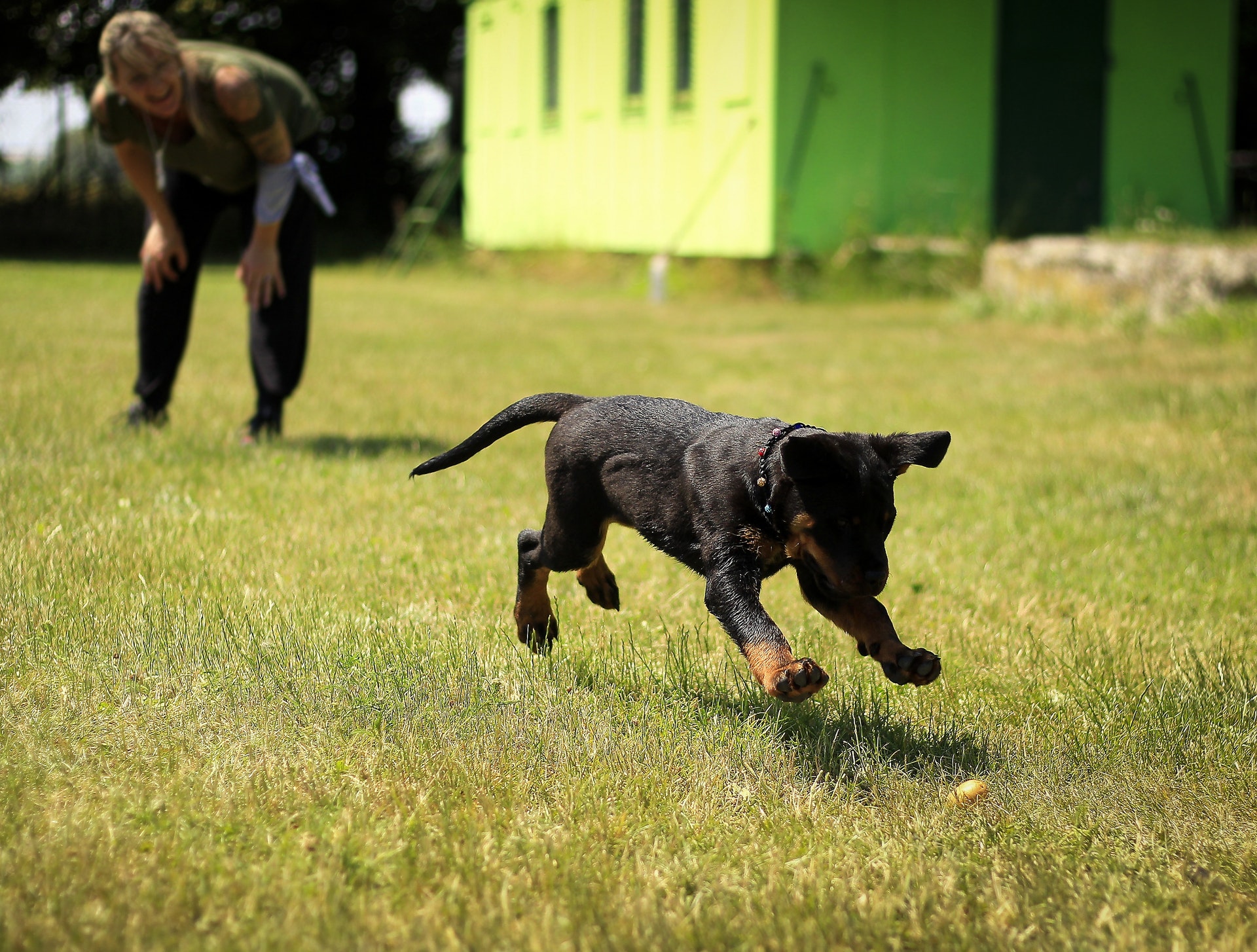Every year, well-intentioned dog owners make mistakes while training their pets. Not only can this lead to frustration on behalf of the owner, but it can also lead to a maladjusted dog with problematic behaviors. Following are seven common dog training mistakes people make, and how to avoid them.
1- Waiting Too Long to Start
Many people make the mistake of giving a puppy time to “settle” into their new living arrangements. They may give them weeks to adjust before starting a training regime. Puppies are receptive to training quite early and can begin training around two months old. By training your dog early, you are setting them up for a successful future.
2- Not Staying Consistent
While you may be tired after a long day at work, you must stay consistent with your training regimen. This includes regular walks and consistently correcting your dog when they do something undesirable. Be sure to stay consistent so they don’t become confused over what is and isn’t acceptable behavior.
3- Not Modifying Your Training Approach
No two dogs are exactly alike. While some are easier to train and eager to please, others may have a bit of an independent streak and are much more stubborn. Understand that the training techniques that worked for a friend’s dog may not work with yours. Modify your approach as necessary, and don’t be afraid to seek out professional assistance if you’re finding it difficult to get your dog to listen to you.
4- Not Being Patient
Many new pet parents become so enamored by their new dog that they don’t realize the amount of patience that goes into training them. Understand that just as you are getting used to having your new dog around, your dog is getting used to its new surroundings as well. This can lead to some challenging training sessions, especially in the beginning. Understand that a dog may take well over a month to respond correctly to a command, so patience is key.
5- Using Outdated Techniques
Outdated techniques tend to be overbearing and can cause more harm than good. Do not intimidate your dog when conducting a training session. A fearful dog will not respond to your commands, and may even become aggressive towards you in the process. Do your research, and utilize more current approaches during your training sessions. This way you will be more likely to see results, and your dog will be happier in the process.
6- Making Training Sessions Too Lengthy
Dogs only have a ten to fifteen minute attention span, so try to keep your sessions short while spacing them out throughout the day. This will give you both the time and space you need to work on new commands without getting frustrated or burned out. You’re more likely to successfully train your dog when you conduct shorter sessions.
7- Yelling at the Dog
Yelling at your dog will get you nowhere. Not only is it an unpleasant experience for your dog, but for you too. If you feel the urge to yell at your dog during training, chances are that you need to take a time out and revisit the lesson when you are calmer and your dog is more receptive. In this case, take a break from training and go do something else for a while until you’ve calmed down.




